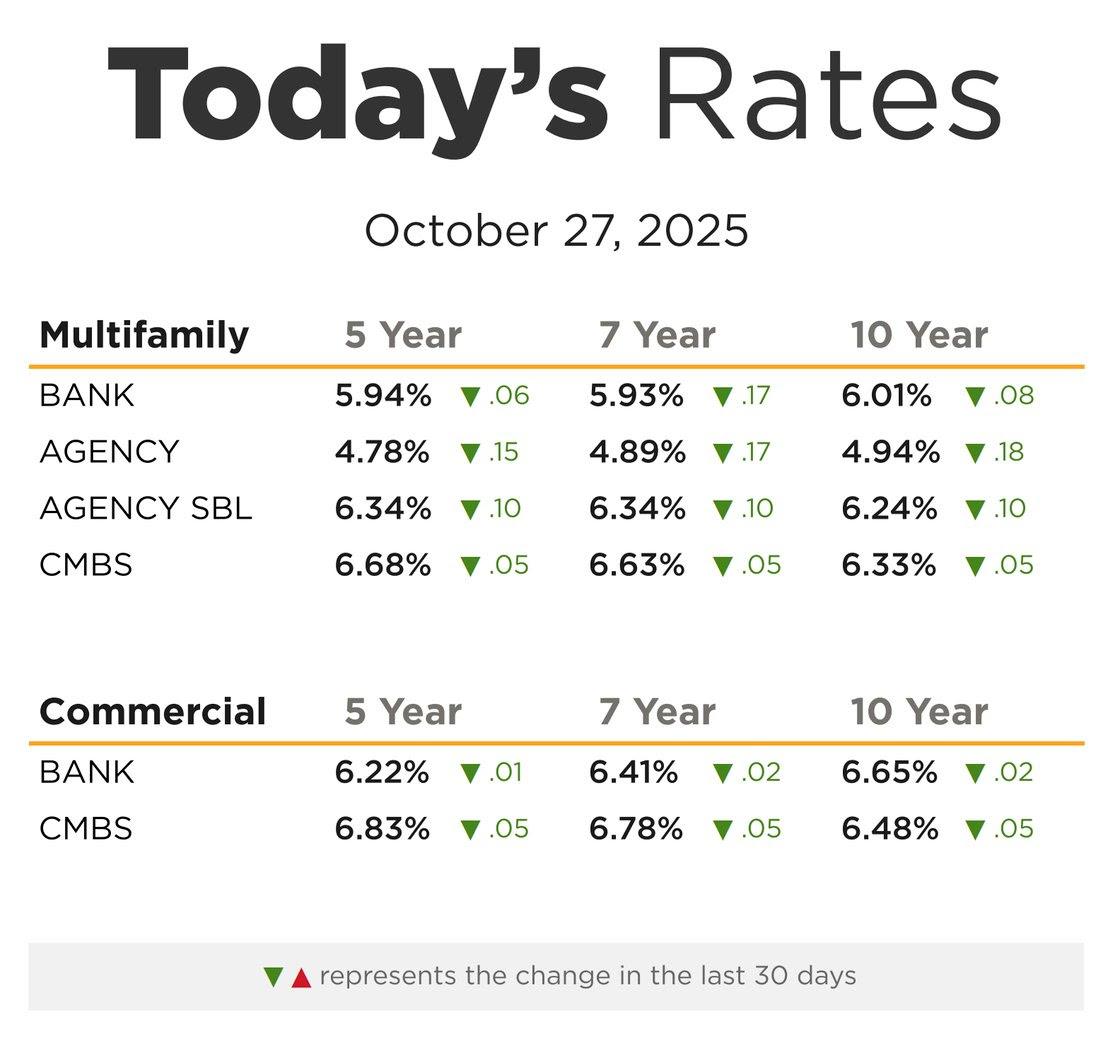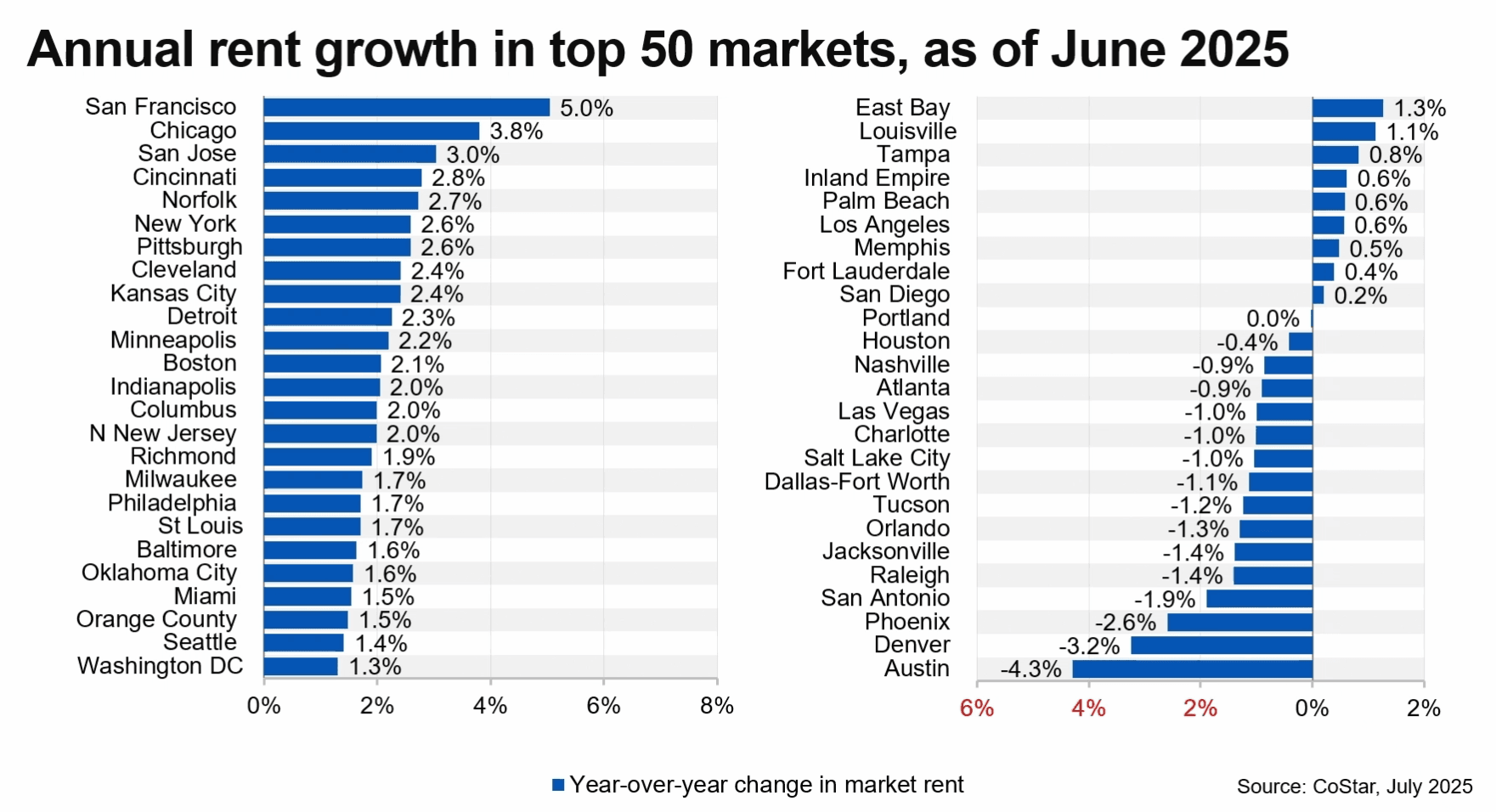Despite inflation and rising rates, multifamily maintains many of the same strong fundamentals as it did at the end of 2021.
Apartment rents have surpassed pre-pandemic levels in many cities across the US, pushing investment sales numbers in the segment to historic highs. And they are expected to remain strong despite increasing concerns about household formation numbers and the lure of single-family rental home investments.
According to Walker & Dunlop’s new multifamily outlook, nearly $290 billion in transactions were logged in 2021, more than double the total from 2020. That activity centered most in the first quarter of this year in Atlanta, Houston, Dallas-Fort Worth, and Phoenix, as interest “firmly” shifted away from coastal markets to the Sun Belt, following pandemic-era trends. Cap rates for the sector are also at record lows, with per-unit pricing rising 11 percent over the past four quarters to $239,000.
“Part of the rebound in the multifamily market reflected a return by many renters who had vacated their urban apartments during the height of the pandemic, but vacancy levels were also flattened by the lack of new multifamily completions,” Walker & Dunlop notes in the report, adding that data also suggests that new completions are likely to be higher in 2022 than last year. “This sets the stage for more multifamily completions over the next three years than any comparable period dating back to 1988, with an above-average concentration in the suburbs,” analysts note.
But as supply ticks up, so do concerns over household formation numbers, which could weigh on absorption. Home sales are also predicted to slow due to rising mortgage rates; according to Fannie Mae’s housing market forecast in April, total home sales are expected to slump by 7.4 percent in 2022 and by another 9.7 percent in 2023.
Walker & Dunlop also pointed to data from Zelman & Associates noting that annual population growth is forecast to increase by just 0.39 percent growth per year for the 2020-30 decade as opposed to a prior decade average of 0.71 percent per year.
Still, Walker & Dunlop goes on to note that even with institutional investors absorbing an increasing share of single-family home purchases, multifamily fundamentals have outperformed Zelman’s recent forecasts, leading them to increase 2022 economic revenue growth to 7.8 percent from 5.8 percent. “Despite inflation, rising rates, and war in Europe, the multifamily industry maintains many of the same strong fundamentals as it did at the end of 2021 and remains the top-performing commercial real estate asset class.”
Source: Multifamily Still Holds Top Perch Despite Supply Household Formation Concerns
Receive Market Insights
Periodic analysis on rents, pricing, cap rates, and transaction activity across Chicago and key suburban markets.




Join The Discussion